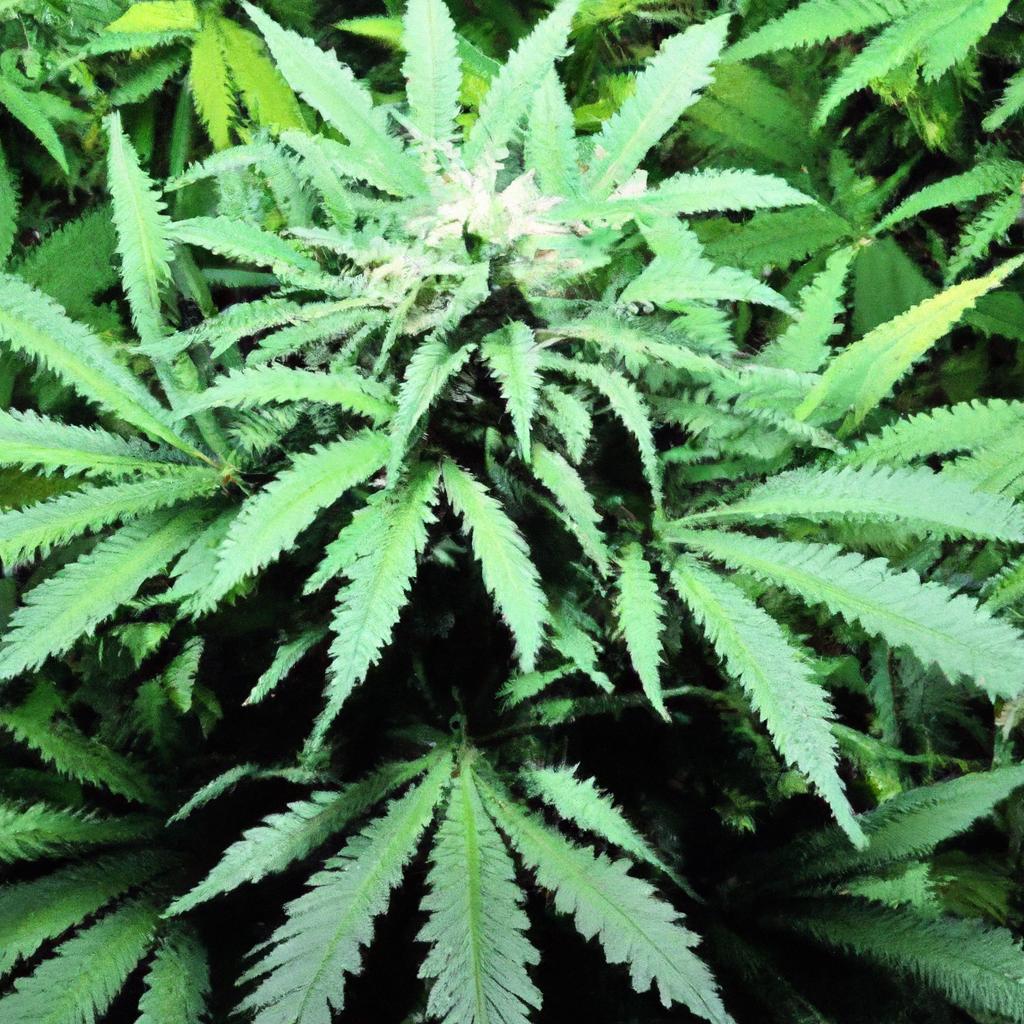By John “Magic” Greenleaf – “Growing greatness, one strain at a time.”
Introduction
In the world of cannabis cultivation, few factors are as critical yet often misunderstood as humidity control. Whether you’re growing cannabis indoors or adapting to the high-altitude conditions of Colorado, maintaining the right humidity levels can mean the difference between a healthy garden and one plagued by mold and mildew. Today, I’ll share insights gained from over 30 years of cultivating cannabis in the unique environments of Colorado, focusing on the magic that proper humidity control brings to your grow.
Understanding Humidity: The Basics
Humidity measures the amount of moisture in the air, and in cannabis cultivation, it’s essential to maintain specific levels at different growth stages:
- Vegetative Stage: Aim for 55-60% relative humidity (RH) to encourage strong plant structures and faster growth.
- Flowering Stage: Reduce to 45-50% RH to avert mold risk while promoting resin production.
Being in the heart of Colorado, I’ve seen how humidity interacts with cannabis plants, enhancing terpene profiles and impacting yields. In the higher altitudes of the Rockies, the air is naturally drier, demanding growers pay special attention to these levels to ensure optimal plant health.
Why Humidity Control Matters
Humidity isn’t just a number; it’s a potent growth variable that affects:
- Mold Prevention: High levels during flowering can promote mold and mildew, which can devastate crops.
- Terpene Enhancement: Proper humidity enhances terpene production, enriching the aroma and flavor of the strain.
- Growth Rate: Optimal moisture encourages root uptake of nutrients, accelerating growth.
Practical Tips for Humidity Control
Mastering humidity involves precision and consistency. Here are my time-tested strategies:
Tip 1: Use a Hygrometer
A reliable hygrometer will help you maintain close monitoring. I keep several around my grow spaces to ensure accuracy.
Tip 2: Invest in Dehumidifiers and Humidifiers
In Colorado’s varying climates, having both dehumidifiers and humidifiers allows you to adapt to seasonal changes efficiently.
Tip 3: Ventilation is Key
Proper airflow can naturally regulate humidity. Oscillating fans and exhaust systems help circulate air and prevent stagnant conditions.
Conclusion
When it comes to cannabis cultivation, mastering humidity control can transform your grow. With the right moisture levels, your plants can flourish, rewarding you with robust yields and enhanced terpene profiles. Remember, every successful grower learns the lessons of the past; let your plants teach you what they need.
“Cannabis is a teacher; I’m just the student with 30 years of notes.”—John “Magic” Greenleaf


Leave a Reply